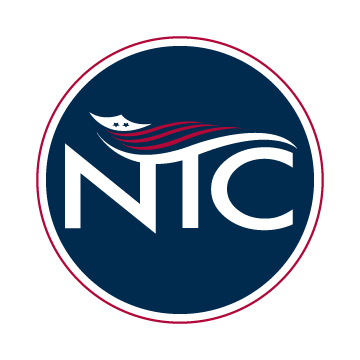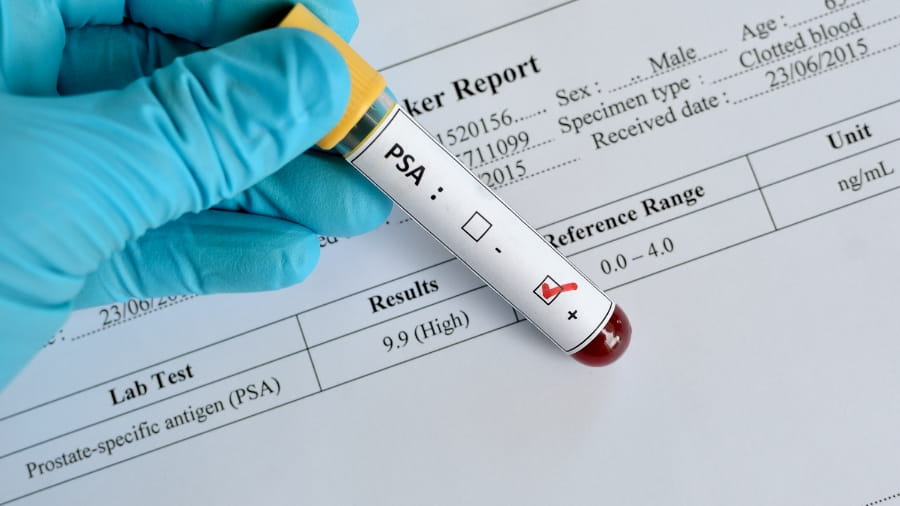A bump to the funny bone may feel weird, but a more severe elbow injury is no joke. The elbow is made up of bones, cartilage, ligaments, fluid, muscles and tendons. When any part of these areas is injured or diseased, even the most casual movements can hurt.
Most Common Elbow Ailments
The two ailments most often associated with the elbow have names related to sports, but the problems can occur in anyone. Tennis elbow, or lateral epicondylitis, is an inflammation of the tendons where they connect to the bony bump on the outside of your elbow.
Golfer’s elbow, or medial epicondylitis, is a similar inflammation, but it occurs where the tendons attach to the bump on the inside of the elbow.
Both conditions are the result of repetitive motion, so tennis players, golfers, pitchers, bowlers, painters, plumbers, butchers — and anyone who overuses the muscles that grip and rotate the arm — are at risk.
Pay Attention to Early Signs of Injury
No one wants to have a career interrupted or a sports season shut down by injury, but an elbow injury can worsen if ignored. They can even lead to a loss of range of motion or loss of function. Instead, at the first sign of soreness or pain, it is essential to start treatment. Those early signs may include pain when you shake hands or grip an object, rotate your wrist to turn a doorknob or hold a heavy object like a gallon of milk. Eventually, the area of inflammation can be painful to the touch, and your grip strength can be reduced.
Rest, ice and pain relievers such as ibuprofen can help calm any inflammation you experience. If at-home treatments don’t work, further expert help may be necessary, including immobilization, physical therapy, steroid shots or surgery.
Recovering from Elbow Injuries
Whether you want to recover from tennis or golf elbow, or prevent it from happening, strengthening the muscles and tendons that surround the area will help. Flexing and extending your wrist, gripping exercises, flexing and extending your elbow, and pronating and supinating your forearms and stretching are recommended.
For athletes, cross-training with cardiovascular exercises can help you continue your conditioning while allowing your elbows and forearms to heal.
Whether the injury affects an athlete or an employee, look at the functional aspects of your movement to improve your technique and avoid getting hurt again. If despite your efforts, treatments are unsuccessful or if your symptoms worsen, it is time to talk with a certified athletic trainer or physical therapist.










